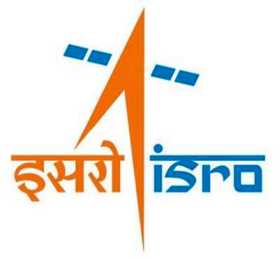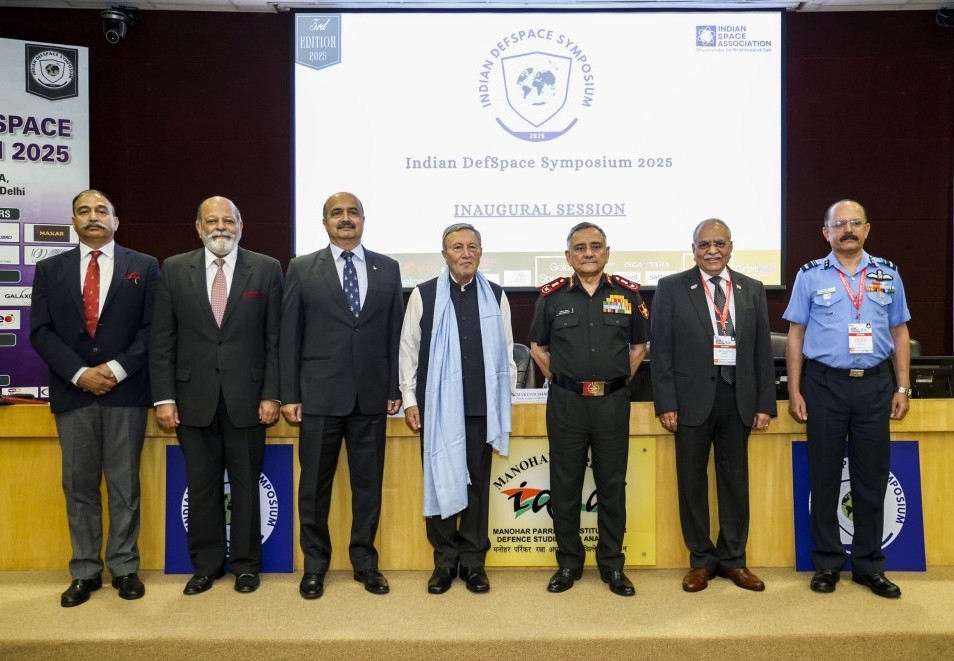
A file photo.
BENGALURU (PTI): The Earth Observation Satellite-06 launched by the Indian Space Research Organisation on November 26 has started serving images, the national space agency said on Wednesday.
Bengaluru-headquartered ISRO shared on Twitter the first-day images received on Tuesday at National Remote Sensing Centre, Shadnagar, Telangana, covering the Himalayan region, Kutch region of Gujarat and the Arabian sea.
"They are captured by the Ocean Color Monitor (OCM) and Sea Surface Temperature Monitor (SSTM) sensors (on board EOS-06)", it said.
The images were released by ISRO Chairman S Somanath in virtual mode, in the presence of Director of UR Rao Satellite Centre, M Sankaran, and NRSC Director Prakash Chauhan, it was stated.
The India Space Research Organisation's trusted workhorse PSLV on 26th Nov 2022 successfully injected an Earth Observation Satellite and eight other co-passenger satellites in multiple orbits, calling the mission 'unique'.
PSLV-C54 successfully placed the Earth Observation Satellite (Oceansat) and eight other customer satellites into sun-synchronous orbits, ISRO said on 26th Nov 2022.
"PSLV-C54/EOS-06 Mission is accomplished. The remaining satellites have all been injected into their intended orbits," it said in a tweet.
The mission, which was PSLV's 56th flight, is said to be one of the longest ones undertaken by the Bengaluru-headquartered space agency.
Calling the mission 'unique,' ISRO chief, S Somanath said for the first time scientists have used two orbit change thrusters (OCTs) in the PSLV rocket to change orbits.
"I would like to share the happy news of the separation of the remaining eight satellites as expected into the new orbit which is lowered from original orbit of the EOS-06 satellite to perfection that is from 732 kms to 513 kms in a circular sun-synchronous orbit," he told reporters here.
"PSLV-C54 in its fourth stage has done this orbital change for the very first time using two burn sequence," he added.
Elaborating on the eight satellites, he said in these payloads, the India-Bhutan satellite was the last one to separate.
"Before that, we had the Astrocast 1-4 from Spaceflight USA, and Thybolt 1 and 2 from Dhruvaspace and Anand satellite from PIXEL India Ltd. So, congratulations to all the satellite teams for having their satellites in perfect orbit. All the best to them," he added.
Referring to the India-Bhutan satellite, Somanath said: "It is a very important milestone in the history of the joint collaboration of Indian and Bhutan scientists."
The primary satellite, Earth Observation Satellite is built by ISRO for use by departments and ministries in the Government of India.
"I would like to take this opportunity to thank them for their commitment to make use of this satellite and the missions to projects of each of those ministries and departments," he said.
External Affairs Minister S Jaishankar, in a televised address to the ISRO scientists at the Mission Control Centre, said India and Bhutan must harness space technology and its applications towards improving lives of the people.
He said the two nations achieved a 'historic milestone' with this mission.
The mass of the Earth Observation Satellite is about 1,117 kgs while the India-Bhutan Satellite INS-2B weighs about 18.28 kgs.
Satellite 'Anand' is about 16.51 kgs while two Thybolt satellites, totally weigh around 1.45 kgs. The four satellites of Astrocast weighs about 17.92 kgs, ISRO said.
Spacecraft Director Thenmozhi Selvi said the solar panels of the Earth Observation Satellite EOS-06 are deployed and its health is normal.
EOS-06 satellite is an advanced third generation satellite to study the biological parameters of the oceans. Its application is used to identify the potential fishing zones, weather forecasting, wind velocity and cyclone detection, cyclone tracking, maritime security and lot of applications.
"This satellite is an asset to the nation and is going to serve the country fully to its capacity," she said.
Earlier, at the end of the 25.30 hour countdown, the 44.4 metre tall rocket soared majestically at a prefixed time at 11.56 am today from the first launch pad at the Satish Dhawan Space Centre here, about 115 kms from Chennai.
After a flight of about 17 minutes, the rocket successfully placed the primary payload Earth Observation Satellite (Oceansat) at an altitude of about 742 km while the passenger satellites were placed sequentially after lowering the altitude of the rocket to about 528 km in the sun-synchronous orbits by the scientists.
Mission Director S R Biju said, "PSLV-C54 mission is successfully accomplished after a two-hour flight duration."
The customer payloads include ISRO Nano Satellite-2 for Bhutan (INS-2B) which would have two payloads namely NanoMx and APRS-Digipeater. NanoMx is a multispectral optical imaging payload developed by Space Applications Centre while APRS-Digipeater payload is jointly developed by the Department of Information Technology and Telecom, Bhutan and U R Rao Satellite Centre, Bengaluru.
Another payload in the rocket is the 'Anand' satellite developed by Bengaluru-headquartered space startup, Pixxel which is a technology demonstrator to demonstrate the capabilities and commercial applications of miniaturised earth-observation camera for camera observation using a micro-satellite in low earth orbit.
The 'Thybolt' (two satellites) is from another space startup Dhruva Space while Astrocast is a technology demonstrator satellite for the Internet of Things (IoT) as the payload from Spaceflight, the United States of America.
 Previous Article
Previous Article Next Article
Next Article













The Indian Air Force, in its flight trials evaluation report submitted before the Defence Ministry l..
view articleAn insight into the Medium Multi-Role Combat Aircraft competition...
view articleSky enthusiasts can now spot the International Space Station (ISS) commanded by Indian-American astr..
view article